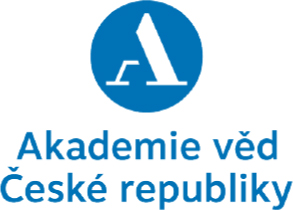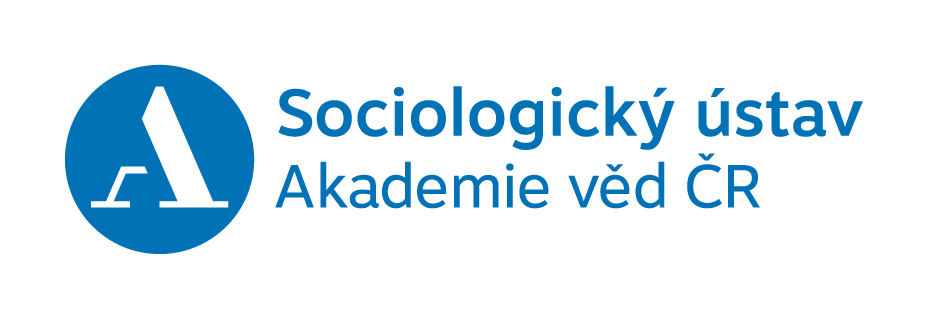Cross-border cooperation between Czechs and Germans is currently evolving in numerous areas. In recent years, the mining tradition has become the common denominator of cross-border activities in the Ore Mountains region. The study deals with this aspect of Czech-Saxon cross-border cooperation primarily from the perspective of regional development and tourism. It focuses on the Silver Road and its role in contemporary Czech-Saxon cross-border activities. As a symbol of shared heritage, the Silver Road exemplifies the so-called spatial turn, i.e. the cultural-social dimension of cross-border cooperation.
The article seeks to present the Silver Road as an example of cross-border cooperation in tourism/destination management and to enrich that cooperation based on a survey of local residents. It strives to determine the importance of the role in public awareness played by this specific tourism product, namely the Silver Road and the mining heritage as a whole, what Czechs and Saxons know about this local tradition and the neighbouring country’s traditions. It is concluded by summarizing the potentials and deficits of the Silver Road’s destination management.
The study presents the results of a questionnaire survey implemented in mid-2016 which focused on the mining theme and its potential for Czech-Saxon cross-border activities and cooperation. The survey targeted local residents in communities along the Silver Road. 350 questionnaires were collected in the Czech Republic and 550 in Saxony. Quota sampling was applied, with minor deviations in terms of age and distribution of the population in the Czech sample due to the Silver Road’s small geographical coverage. Since the stakeholders on both sides of the border are planning to include these sites in the list of UNESCO World Heritage Sites, we need to study the attitudes of local residents to determine whether this is lived heritage.
The article demonstrates that the mining theme plays an important role in the practice of cross-border cooperation between the Czech Republic and the Free State of Saxony. A cross-border activity with such high ambitions as UNESCO listing cannot be found elsewhere in the Czech borderland. While the Saxon side exhibits a considerably higher intensity of cross-border activities, Ore Mountains residents in both countries are little aware of the ways the mining heritage is being developed in the neighbouring country. Most of the respondents do not know the neighbouring country’s mining heritage sites. Based on this finding, we argue that cross-border marketing communication needs to be improved, and this applies both to the Saxon institutions dealing with regional development and tourism and to entities at the level of the Karlovy Vary and Ústí nad Labem regions. Moreover, CzechTourism, as the key agency of central government responsible for marketing communication and destination management in the Czech Republic, should probably get involved in these activities as well. Finally, cross-border destination management needs to be encouraged. Bilingual activities should perhaps be undertaken because the language barrier continues to pose a relatively major obstacle to Czech-Saxon cross-border cooperation, a fact also revealed by previous studies. In addition to these promotional activities, marketing communication needs to be elaborated more comprehensively to better tap the possibilities of new media. Inspiration can be drawn from similar activities or areas with cross-border destination management.



